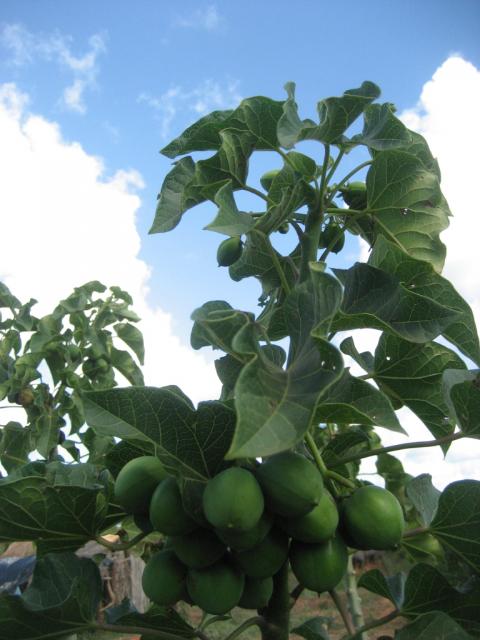
Agro Diesel (India) Private Ltd
Add a review FollowOverview
-
Founded Date November 30, 1986
-
Sectors Security Guard
-
Posted Jobs 0
-
Viewed 8
Company Description
Make your own Biodiesel Part 1
There are at least three ways to run a diesel engine on biofuel utilizing vegetable oils, animal fats or both. All three are utilized with both fresh and used oils.
1. Use the oil just as it is– generally called SVO fuel (straight veggie oil);
2. Mix it with kerosene (paraffin) or petroleum diesel fuel, or with biodiesel, or mix it with a solvent, or with gasoline;
3. Convert it to biodiesel.
The very first two approaches sound simplest, but, as so frequently in life, it’s not rather that basic.
1. Mixing it
Grease is much more viscous (thicker) than either petro-diesel or biodiesel. The function of blending it or mixing it with other fuels is to lower the to make it thinner so that it streams more freely through the fuel system into the combustion chamber.
If you’re mixing veg-oil with petroleum diesel or kerosene (very same as # 1 diesel) you’re still using fossilfuel– cleaner than many, but still not clean enough, numerous would state. Still, for each gallon of
grease you use, that’s one gallon of fossil-fuel conserved, and that much less climate-changing carbon in the environment.
People utilize different mixes, ranging from 10% veggie oil and 90% petro-diesel to 90% vegetable oil and 10% petro-diesel. Some people just utilize it that way, launch and go, without pre-heating it (that makes veg-oil much thinner), and even utilize pure vegetable oil without pre-heating it, which would make it much thinner.
You may get away with it with an older Mercedes 5-cylinder IDI diesel, which is a really tough and tolerant motor– it will not like it however you most likely will not kill it. Otherwise, it’s not smart.

To do it effectively you’ll need what totals up to an SVO system with fuel pre-heating anyway, ideally using pure petro-diesel or biodiesel for starts and stops. (See next.) In which case there’s no requirement for the blends.

Blends with different solvents and/or with unleaded fuel are “experimental at finest”, little or absolutely nothing is understood about their results on the combustion characteristics of the fuel or their long-term results on the engine.
Higher viscosity is not the only issue with utilizing vegetable oil as fuel. Veg-oil has various chemical residential or commercial properties and combustion attributes from the petroleum diesel fuel for which diesel motor and their fuel systems are developed.
Diesel motor are state-of-the-art machines with extremely accurate fuel requirements, especially the more contemporary, cleaner-burning diesels (see The TDI-SVO controversy).
They’re tough however they’ll only take so much abuse. There’s no guarantee of it, but utilizing a mix of up to 20% veg-oil of excellent quality is stated to be safe enough for older diesels, specifically in summertime.
Otherwise utilizing veg-oil fuel needs either an expert SVO option or biodiesel. Mixes and blends are typically a bad compromise. But mixes do have a benefit in cold weather condition.
Similar to biodiesel, some kerosene or winterised petro-diesel fuel combined with straight veggie oil reduces the temperature at which it begins to gel. (See Using biodiesel in winter) More about fuel blending and blends.
